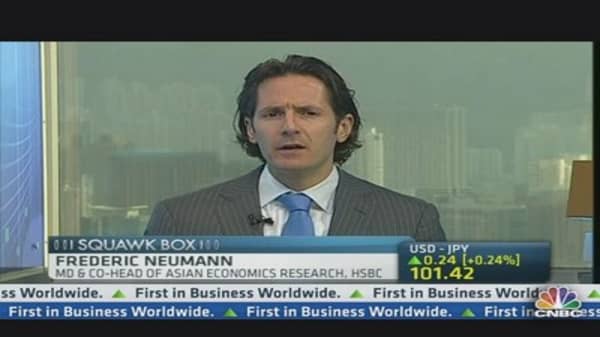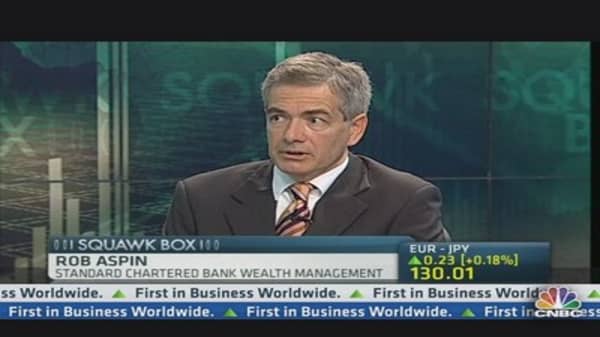The scale of the sell-off in U.S. government bonds has taken market watchers by surprise and yields are now fast approaching a "pain threshold" that could make the Federal Reserve think twice about unwinding its monetary stimulus too soon, analysts say.
Yields on benchmark 10-year U.S. Treasurys soared after Friday's stronger-than-expected U.S. non-farm payrolls data heightened fears among bond investors that an unwinding of the Fed's monetary stimulus could come sooner rather than later.
(Read More: One Eye on Earnings, the Other on Bonds)
"I think 3 percent is the key threshold, but if you'd asked me a few weeks ago, I would have said 2.5 percent – it keeps moving higher and yet there doesn't seem to be an imminent impact on the U.S. economy," Frederic Neumann, co-head of Asian Economics Research at HSBC Bank told CNBC Asia's "Squawk Box."
"But 3 percent is likely to be, not just a material threshold, but a psychological line in the sand for [Fed Chairman Ben] Bernanke at the moment," he added.






